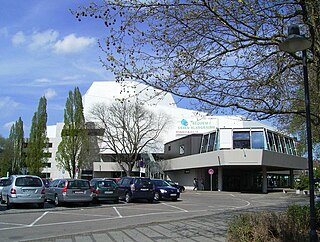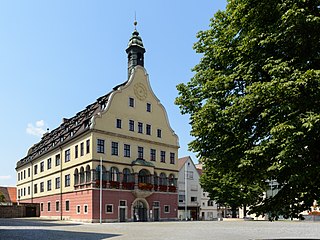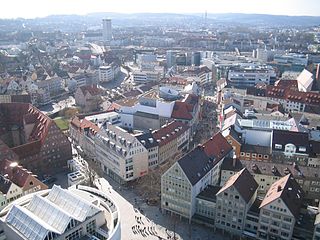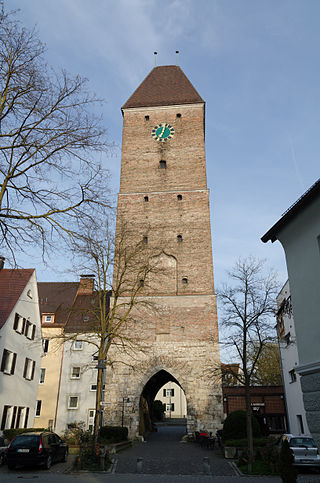17 Sights in Ulm, Germany (with Map and Images)
Legend
Welcome to your journey through the most beautiful sights in Ulm, Germany! Whether you want to discover the city's historical treasures or experience its modern highlights, you'll find everything your heart desires here. Be inspired by our selection and plan your unforgettable adventure in Ulm. Dive into the diversity of this fascinating city and discover everything it has to offer.
Sightseeing Tours in Ulm1. Ulm Minster
Ulm Minster is a Lutheran church located in Ulm, State of Baden-Württemberg (Germany). It is the tallest church in the world. The church is the fifth-tallest structure built before the 20th century, with a steeple measuring 161.53 metres.
Wikipedia: Ulm Minster (EN), Website, Wikipedia En, Wikipedia Fr, Wikipedia It, Wikipedia Es
2. Adolf Frenkel
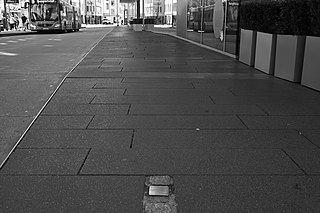
The list of Stumbling Stones in Ulm lists the Stumbling Stones that have existed in Ulm so far. They are part of the Europe-wide project "Stolpersteine" by the artist Gunter Demnig. These are decentralised memorials that are intended to commemorate the fate of those people who lived in Ulm and were deported by the National Socialists and murdered in concentration camps and extermination camps, among other places, or forced to flee their homeland.
3. Die Klarissen in Söflingen
The Poor Clares, officially the Order of Saint Clare, originally referred to as the Order of Poor Ladies, and also known as the Clarisses or Clarissines, the Minoresses, the Franciscan Clarist Order, and the Second Order of Saint Francis, are members of an enclosed order of nuns in the Roman Catholic Church. The Poor Clares were the second Franciscan branch of the order to be established. Founded by Clare of Assisi and Francis of Assisi on Palm Sunday in the year 1212, they were organized after the Order of Friars Minor, and before the Third Order. As of 2011, there were over 20,000 Poor Clare nuns in over 75 countries throughout the world. They follow several different observances and are organized into federations.
4. Islamische Gemeinschaft Millî Görüş
The Islamic Community Millî Görüş e.V. is a registered association based in Cologne since 1995. It emerged from the Islamist Millî Görüş movement in Turkey and is one of the largest Sunni Islamic communities in Germany. The IGMG is a member of the Islamic Council for the Federal Republic of Germany, which in turn is a founding member of the Coordination Council of Muslims.
Wikipedia: Islamische Gemeinschaft Millî Görüş (DE), Website
5. HfG-Archiv Ulm
The Ulm School of Design was a college of design based in Ulm, Germany. It was founded in 1953 by Inge Aicher-Scholl, Otl Aicher and Max Bill, the latter being first rector of the school and a former student at the Bauhaus. The HfG quickly gained international recognition by emphasizing the holistic, multidisciplinary context of design beyond the Bauhaus approach of integrating art, craft and technology. The subjects of sociology, psychology, politics, economics, philosophy and systems-thinking were integrated with aesthetics and technology. During HfG operations from 1953–1968, progressive approaches to the design process were implemented within the departments of Product Design, Visual Communication, Industrialized Building, Information and Filmmaking.
6. Pauluskirche
The Pauluskirche in Ulm was built as a Protestant garrison church in the years 1908 to 1910 north of the Old Cemetery on Frauenstraße according to plans by the architect Theodor Fischer. It is the parish church of the St. Paul's parish in Ulm. Due to the good acoustics, it is considered 'the' concert church in the wide area.
7. Museum Brot und Kunst
The Museum of Bread and Art – Forum World Food is a knowledge museum in Ulm that presents the importance of grain, bread and culture for the development of humanity. This includes natural, technical and social historical aspects of bread making as well as the understanding of bread as a symbol of life in the Judeo-Christian world of ideas. Particular emphasis is placed on dealing with the lack of bread and food in the past and present. High-ranking works of art from the 15th to 21st centuries are intended to show how deeply and multi-layered the motif of bread and grain is anchored in our culture.
8. St. Michael zu den Wengen
The Church of St. Michael zu den Wengen, also known as the Wengen Church, is a Roman Catholic parish church in the centre of Ulm, which emerged from the historic Wengen Monastery. The epithet to the Wengen means "in the meadows". The church originally belonged to the Ulm convent of the Augustinian canons and has a long and eventful history behind it.
9. Basilika St. Martin
Wiblingen Abbey was a former Benedictine abbey which was later used as barracks. Today its buildings house several departments of the medical faculty of the University of Ulm. The former abbey is located south of the confluence of the rivers Danube and Iller, south of the city of Ulm in the German state of Baden-Württemberg. Administratively, the former independent village of Wiblingen now belongs to the city of Ulm. The abbey is part of the Upper Swabian Baroque Route.
10. Stadthaus
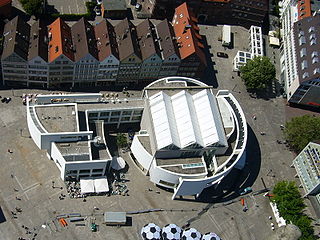
The Stadthaus Ulm is in the centre of Ulm (Germany), located on the Münsterplatz. Primarily, the building is used to present exhibitions of photography and modern and contemporary art. A lecture hall is used for a variety of events, activities, and workshops, including a festival of modern music. It houses the city's tourist information centre and other public services on the ground floor. A permanent exhibition of the archaeology and history of the Münsterplatz is located on the lower level.
11. Fort Friedrichsau (Werk XLI)
The fortress of Ulm was one of five federal fortresses of the German Confederation around the cities of Ulm and Neu-Ulm. With its 9 km polygonal main circumvallation Ulm had the biggest fortress in Germany and Europe in the 19th century and it is still one of the biggest in Europe.
12. St. Maria Suso
St. Maria Suso is a Roman Catholic church consecrated in 1956 on Mähringer Weg in Ulm in the district of Eselsberg. It belongs to the pastoral care unit of 18 Suso parishes in the Ehingen-Ulm deanery of the diocese of Rottenburg-Stuttgart.
13. Theater Ulm
Theater Ulm is the municipal theater in the Baden-Württemberg city of Ulm in Germany. Founded in 1641, it is the oldest municipal theater in Germany. Today, it operates distinct ensembles for opera/operetta, acting, and ballet. Until 2006, it operated as Ulmer Theater.
14. Schwörhaus
The Schwörhaus in Ulm is an imperial city representative building built at the beginning of the 17th century. After several destructions and reconstructions, it is now used by the Ulm City Archive as the House of Ulm's City History. From his balcony, the mayor of Ulm gives an annual public account on Oath Monday.
15. Valentinskapelle
The Valentine's Chapel is a small Russian Orthodox church named after St. Valentine of Terni on the Münsterplatz in Ulm, Germany. The listed building was built around 1458 as the burial place of the noble Rembold family.
16. Gänsturm
The 37.5 m high Gänsturm in Ulm is a preserved city gate in the east of the medieval city fortifications not far from the Danube. Its name comes from the fact that geese used to be driven through the gate to the goose meadows.
17. Peter-und-Paul-Kirche
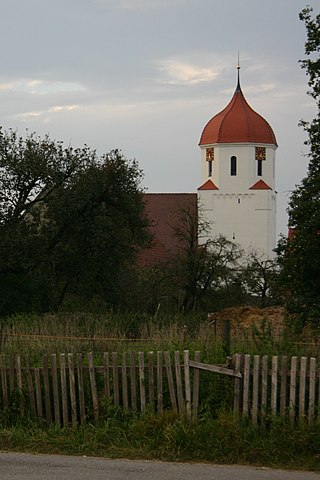
The Protestant parish church of St. Peter and Paul is located in Jungingen, a district of Ulm. The parish belongs to the Evangelical Church in Württemberg. The building is registered as an architectural monument with the Baden-Württemberg State Office for the Preservation of Monuments.
Share
How likely are you to recommend us?
Disclaimer Please be aware of your surroundings and do not enter private property. We are not liable for any damages that occur during the tours.
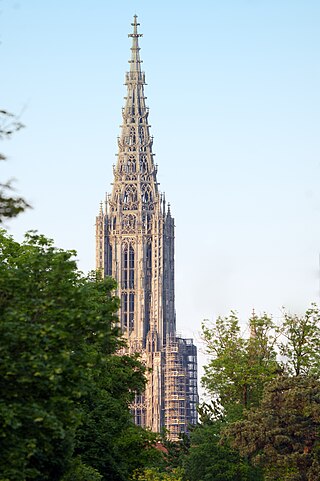

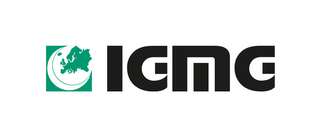
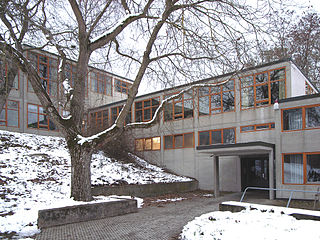
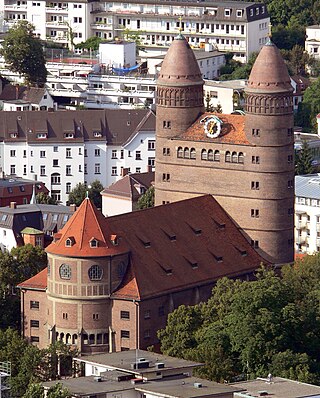
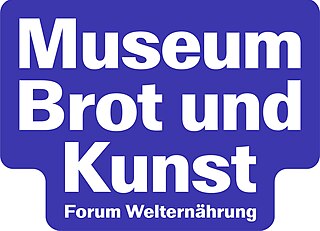
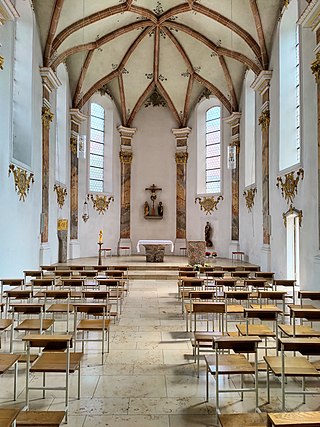
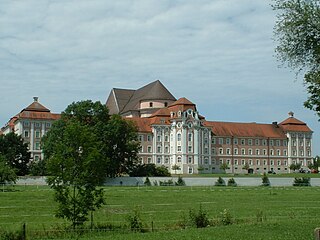
.jpg)

